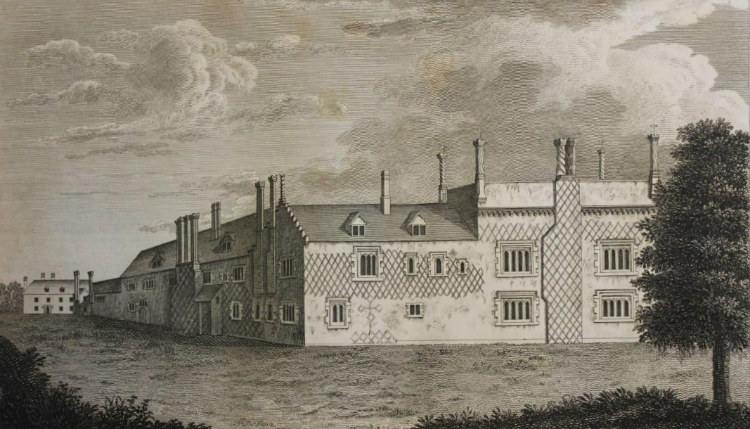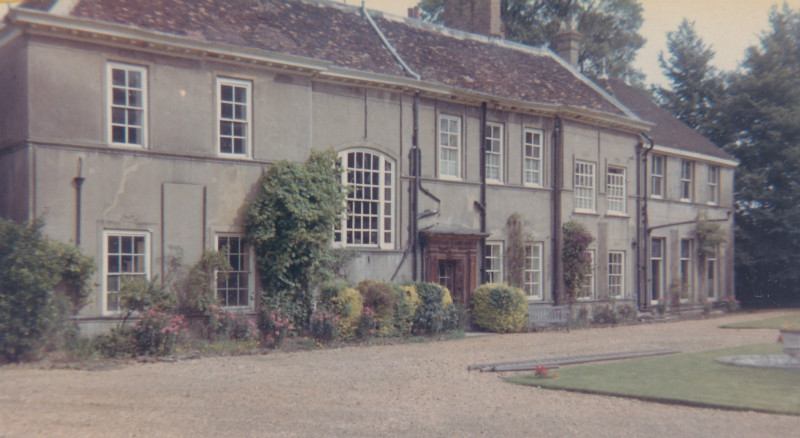
Sutton Place was a large Tudor house on the corner of Parsonage Lane, and nothing now remains of the original buildings apart from the listed Tudor walls. Sir Thomas Smythe lived at Fleet House (as it was then called) until his death.
In the book “An Epitome of County History: County of Kent ” by Christopher Greenwood
SUTTON PLACE, in the Parish of Sutton at Hone, the seat of Mumford Campbell, Esq. a Magistrate for the County, is situated about half a mile north from Sutton at Hone, and rather more than two miles south-east from Dartford. This appears to have once been a mansion of great note and magnificence, as may be inferred from the following account of it.
Sutton Place, formerly called Brook Place, belonged, in the reign of Henry VIII. to Nicholas Statham, Gent. whose widow, Elizabeth, after his death, carried it in marriage to Sir Maurice Denys, on whose death, anno 6 Elizabeth [1564/65] it came to his brother, Sir Walter Denys, of Durhams, in Gloucestershire. He sold it to Rowland Hayward, Esq. of London, who passed it away to Martin Bowes, Esq. and he conveyed it to Anne Haddon, widow of Walter Haddon, Esq. who married, secondly, Sir Henry Brook, fifth son of George, Lord Cobham. Of this lady it was purchased by George Cole, Esq. who, in the 20th year of James I [1623] sold it to Sir Thomas Smith [Smythe], who much improved and enlarged this magnificent mansion, that had been first erected by Sir Maurice Denys.
In his posterity Sutton Place continued till Catherine, widow of Robert Smythe, Esq. and Henry, their son, conveyed it, in 1699, to Sir John Le Thieullier, who very injudiciously pulled down a great part of the building. Afterwards Anne, widow of his grandson, John Lethieullier, Esq.. sold it, in 1776, to Nathaniel Webb, Esq. who the following year conveyed it to Mr. John Mumford, who pulled down a further part of the house, and modernised and improved the remainder. At his death, in 1787, he bequeathed it to his widow for life, and after her decease, to his eldest son, William Mumford, Esq.
Sutton Place is distant from London about 17 miles.
